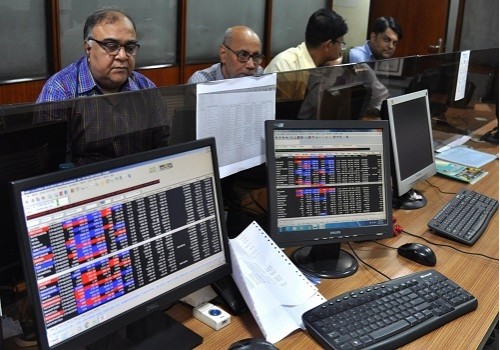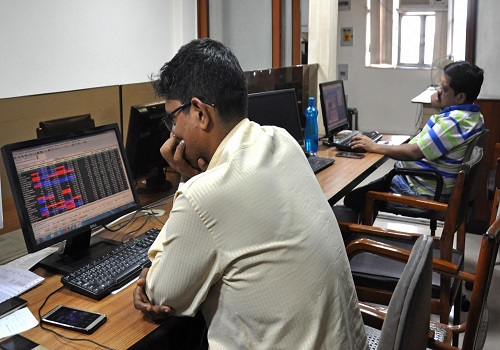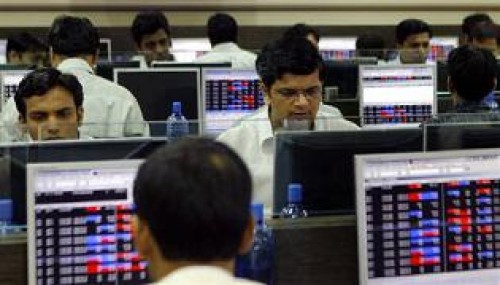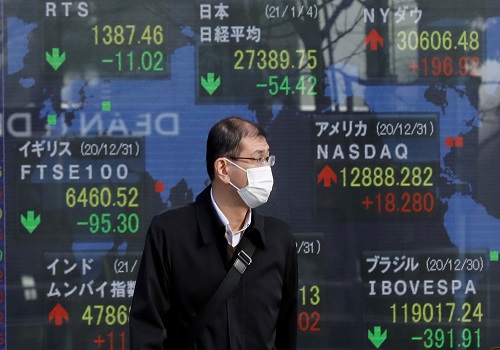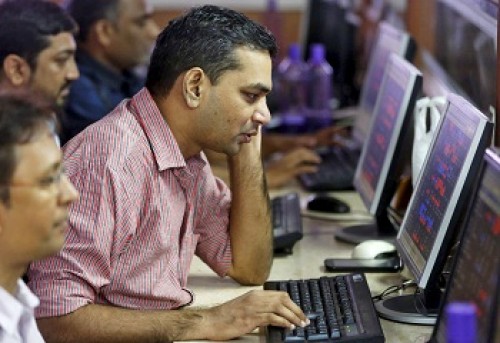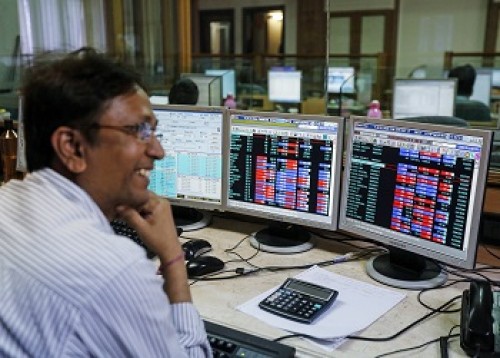Markets likely to get slightly positive start of F&O expiry week
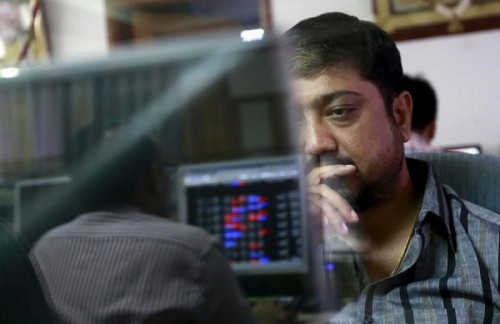
Follow us Now on Telegram ! Get daily 10 - 12 important updates on Business, Finance and Investment. Join our Telegram Channel
https://t.me/InvestmentGuruIndiacom
Download Telegram App before Joining the Channel
Indian markets failed to make it to the green in yet another choppy session on Friday, closing lower for the third day in a row. Today, the markets are likely to make slightly positive start amid mixed global cues. Volatility may remain in the markets during this week due to the monthly expiry of March derivative contracts and developments around the Russia-Ukraine war. The two sides will likely hold talks again between March 28-30 in Turkey. Some support will come as Niti Aayog Vice-Chairman Rajiv Kumar said India can double its economy in about 7-8 years if it grows at 8 per cent, which is feasible as the country has sustained a growth rate of 8.5 per cent earlier for a long time. Also, Union minister Ashwini Vaishnaw said Indian economy can grow consistently at 8 per cent for the next 20 years leading to the generation of up to 1.5 crore new jobs and bringing out 3.5 crore people out of the poverty every year on the basis of the capital investment strategy of the government. Traders may take note of Commerce and Industry Minister Piyush Goyal’s statement that the free trade agreement between India and the UAE is likely to come into effect from May 1 this year, under which domestic exporters of as many as 6,090 goods from sectors like textiles, agriculture, dry fruits, gem and jewellery would get duty-free access to the UAE market. There will be some cautiousness as Petrol and diesel prices were hiked by 80 paise a litre each on March 26, the fourth increase in five days as oil firms passed on to consumers the spike in cost of raw material. Traders may be concerned as India's foreign exchange (forex) reserves dipped by $2.59 billion in the week ended March 18, recording a sharp drop for the second consecutive week as the Reserve Bank of India (RBI) heavily sold dollars to prevent slide in the value of rupee. There will be some buzz in the sugar industry stocks as the government said India’s sugar export is estimated to rise by 7 per cent to 75 lakh tonnes in 2021-22 marketing year ending September. Agriculture industry stocks will be in focus as India’s agricultural and processed food products exports are set to exceed the target of $23 billion in FY22 thanks to a sharp spike in shipments of rice, wheat, fresh & processed fruits and vegetables, and livestock products. There will be some reaction in coal industry stocks as the government data showed India's imports of non-cooking coal fell to 125.61 million tons during April-January period of the current financial year, which is 23.33 per cent lower when compared with the 163.85 million tons recorded in the corresponding period of last fiscal.
The US markets ended mostly higher on Friday as financial shares rose after the benchmark Treasury yield jumped to its highest level in nearly three years. Asian markets are trading mixed on Monday as coronavirus lockdown in Shanghai looked set to hit global activity, while throwing another wrench into supply chains that could add to inflationary pressures.
Back home, extending their losses to third day, Indian equity benchmarks ended lower by around half percent on Friday dragged by Consumer Durables, Capital Goods and FMCG shares. Markets made slightly positive start but failed to hold gains and soon slipped below natural lines, as UN Conference on Trade and Development (UNCTAD) in its latest report has downgraded India’s economic growth by over 2 per cent to 4.6 percent for 2022 from earlier forecast of 6.7 percent. A decrease has been attributed to the ongoing war in Ukraine, with New Delhi expected to face restraints on energy access and prices, reflexes from trade sanctions, food inflation, tightening policies and financial instability. The report also downgraded its global economic growth projection for 2022 to 2.6 percent from 3.6 percent due to shocks from the Ukraine war and changes in macroeconomic policies that put developing countries particularly at risk. Some cautiousness also came a private report stated that after crossing the $550-billion mark in the first 11 months of the financial year, India’s import bill is set to hit record highs in FY22 and probably touch $600 billion. Key gauges added losses in late afternoon deals, as anxiety remained among traders with S&P Global Ratings in its report said rising commodity prices, further triggered by the Russia-Ukraine war, could moderate healthy recovery of the country’s economy, and put pressure on the Reserve Bank of India (RBI) to normalise its monetary policy faster than anticipated. Traders were also worried as foreign institutional investors (FIIs) remained net sellers in the capital market as they sold shares worth Rs 1,740.71 crore on Thursday, exchange data showed. However, markets managed to trim some losses in final minutes of trade as traders took some support with the Periodic Labour Force Survey (PLFS) indicated that employment in the country has increased by 22 per cent in the past seven years since 2013-14. As per PLFS, the rise in employment in IT, healthcare and eduction sectors reflects that employment opportunities were generated through various government programmes. Meanwhile, the government has proposed to tighten the norms for taxation of cryptocurrencies by disallowing set off of any losses with gains from other virtual digital assets. Finally, the BSE Sensex fell 233.48 points or 0.41% to 57,362.20 and the CNX Nifty was down by 69.75 points or 0.40% to 17,153.00.
Above views are of the author and not of the website kindly read disclaimer



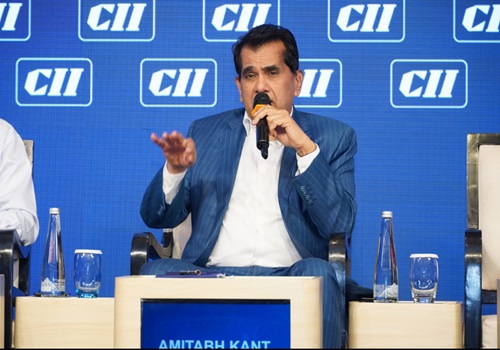


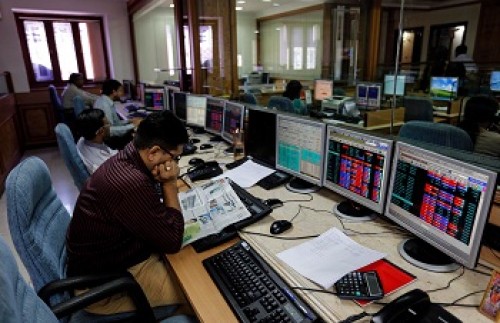


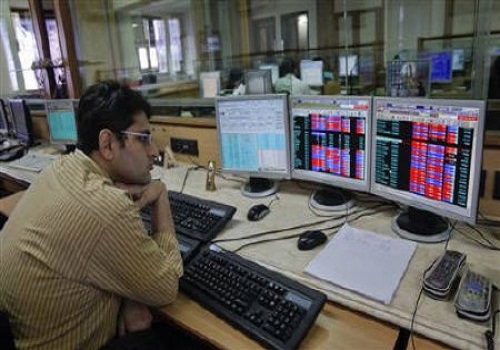
Tag News

Weekly Market Analysis : Markets strengthened recovery and gained nearly 2% in the passing w...
